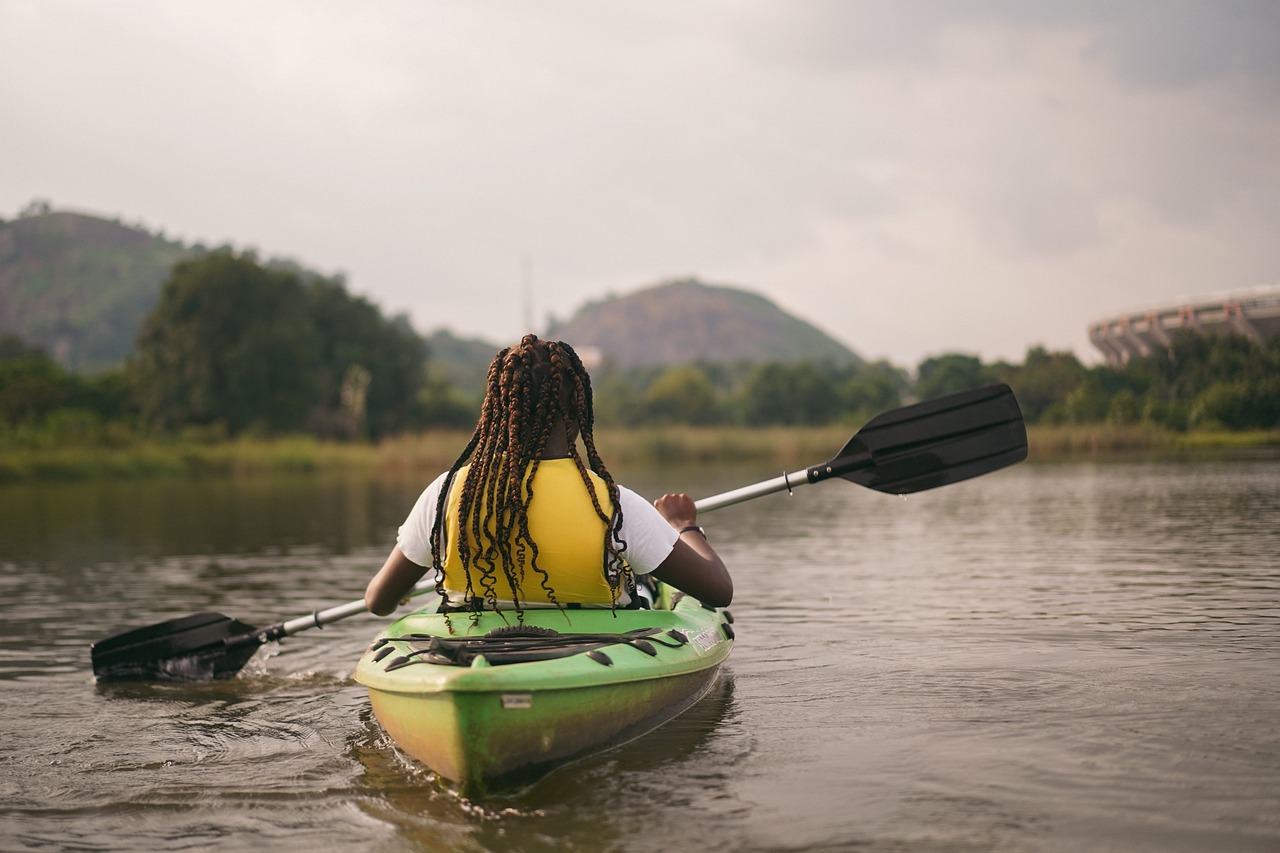This article provides a comprehensive, step-by-step guide on securely attaching an action camera to your kayak or paddleboard for the best filming experience. Capturing your adventures on the water has never been easier, and with the right setup, you can ensure that every thrilling moment is documented beautifully.
Using an action camera allows you to capture thrilling moments while kayaking or paddleboarding, enhancing your adventure with high-quality footage. Whether you’re navigating through rapids or gliding across calm waters, an action camera provides a unique perspective that traditional cameras simply can’t match. Discover the benefits of documenting your experience, including:
- Durability: Designed to withstand harsh conditions.
- Wide-angle lenses: Perfect for capturing expansive views.
- Versatility: Can be mounted in various locations for different angles.
Selecting the right action camera is crucial for quality footage. Look for essential features such as:
- Resolution: Aim for at least 1080p for clear videos.
- Stabilization: Helps reduce shaky footage.
- Waterproof capabilities: Ensures durability in wet conditions.
The right mounting gear ensures stability and safety for your camera. Explore various mounting options, including:
- Adhesive mounts: Great for a permanent setup.
- Clamps: Ideal for temporary attachments.
- Specialized kayak mounts: Designed specifically for watercraft.
Before attaching your camera, it’s essential to prepare your kayak or paddleboard. Choose the optimal mounting location by considering:
- Stability: Ensure the mount will not shift during use.
- Accessibility: Positioning should allow easy access to the camera.
Follow these detailed steps to securely attach your action camera to your kayak or paddleboard:
- Clean the Surface: Use alcohol wipes to remove dirt and oils from the area where the mount will be attached.
- Choose the Right Mount: Select a mount that suits your needs for angle and stability.
- Secure the Mounting Base: Follow the instructions for adhesive mounts or clamps to ensure a strong attachment.
- Attach the Camera: Ensure it clicks into place and is locked for safety while on the water.
Positioning your camera correctly can significantly enhance your footage. Consider these tips for optimal angles:
- Low angles: Capture dynamic shots of paddling.
- Wide shots: Show the scenery and your surroundings.
Safety is paramount when using an action camera on water. Be aware of potential hazards such as:
- Equipment loss: Ensure all gear is securely attached.
- Water damage: Use waterproof cases if necessary.
After capturing your adventure, editing and sharing your footage is the next step. Use basic editing tips to enhance your videos, and explore platforms like YouTube or social media to share your experiences with friends and family.
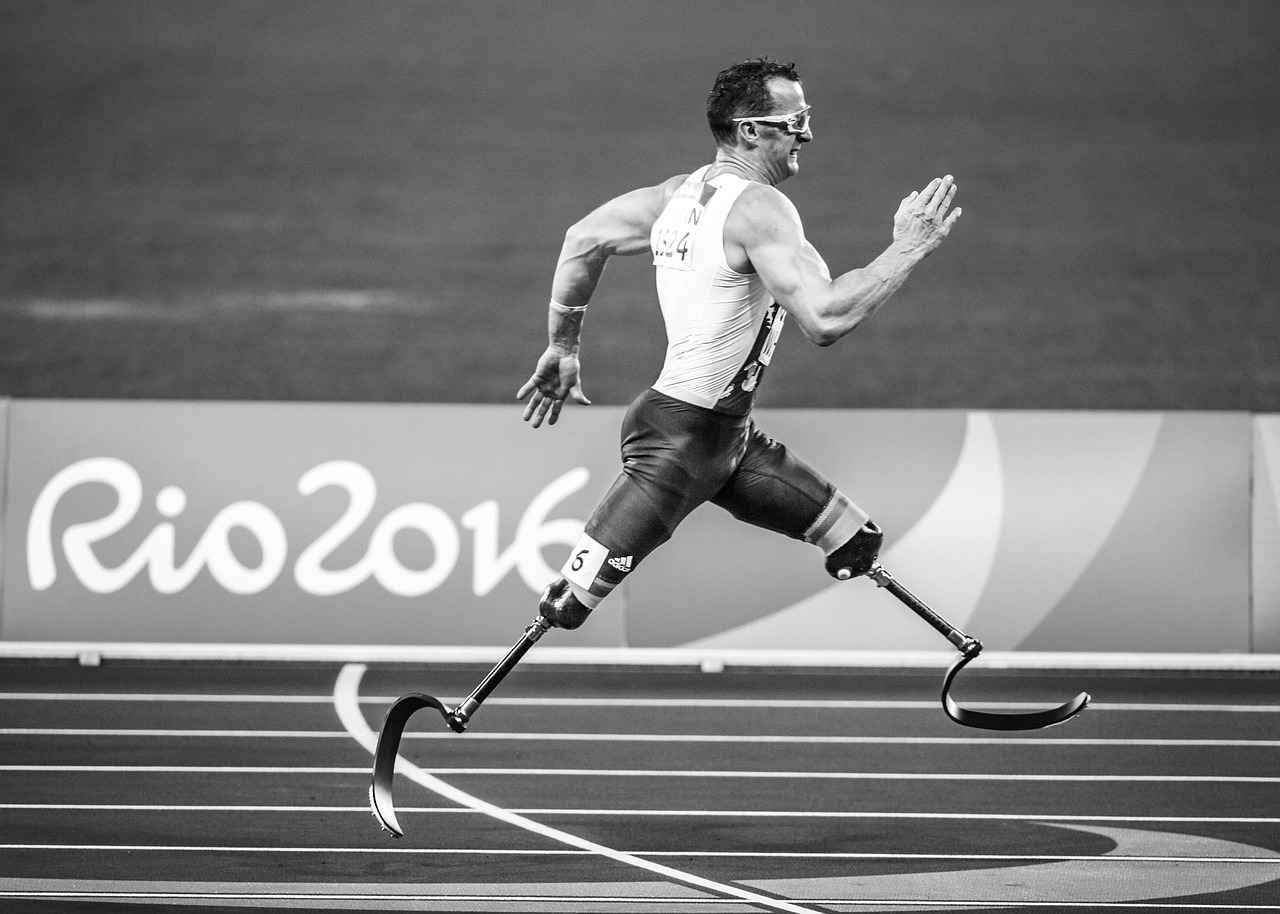
Why Use an Action Camera on a Kayak or Paddleboard?
When embarking on an adventure such as kayaking or paddleboarding, capturing those exhilarating moments becomes a priority for many enthusiasts. Using an action camera not only allows you to document your journey but also enhances the overall experience with stunning visuals. Here’s why you should consider utilizing an action camera on your next water adventure.
- Capture Thrilling Moments: Whether you’re navigating through rapids or gliding across calm waters, an action camera can document every twist and turn. The ability to record your experiences provides a unique way to relive those thrilling moments.
- High-Quality Footage: Modern action cameras boast impressive resolution and stabilization features, ensuring your footage is smooth and visually appealing. This high-quality output makes it easier to share your adventures with friends and family.
- Hands-Free Operation: With various mounting options available, you can securely attach your action camera to your kayak or paddleboard. This allows you to film hands-free, enabling you to focus on your paddling technique and enjoying the scenery without distractions.
- Durability and Waterproof Features: Most action cameras are designed to withstand tough conditions. They are not only waterproof but also resistant to shocks and impacts, making them ideal for water sports.
- Encouragement for Creativity: Using an action camera encourages you to explore different filming angles and perspectives. You can experiment with shots that capture the beauty of nature, the intensity of your movements, or even underwater scenes.
- Sharing Your Experience: In today’s digital age, sharing your adventures on social media platforms is easier than ever. Action cameras often come with built-in Wi-Fi or Bluetooth, allowing you to upload your content directly to your favorite platforms.
- Documenting Progress: For those who are serious about improving their kayaking or paddleboarding skills, recording your sessions can provide valuable insights. You can analyze your technique, monitor your progress, and even receive feedback from others.
In summary, using an action camera while kayaking or paddleboarding not only enhances your adventure but also provides a means to capture and share those memorable experiences. With the right equipment, you can create stunning footage that showcases the beauty of nature and the thrill of your activities. So, gear up and get ready to document your next aquatic adventure!
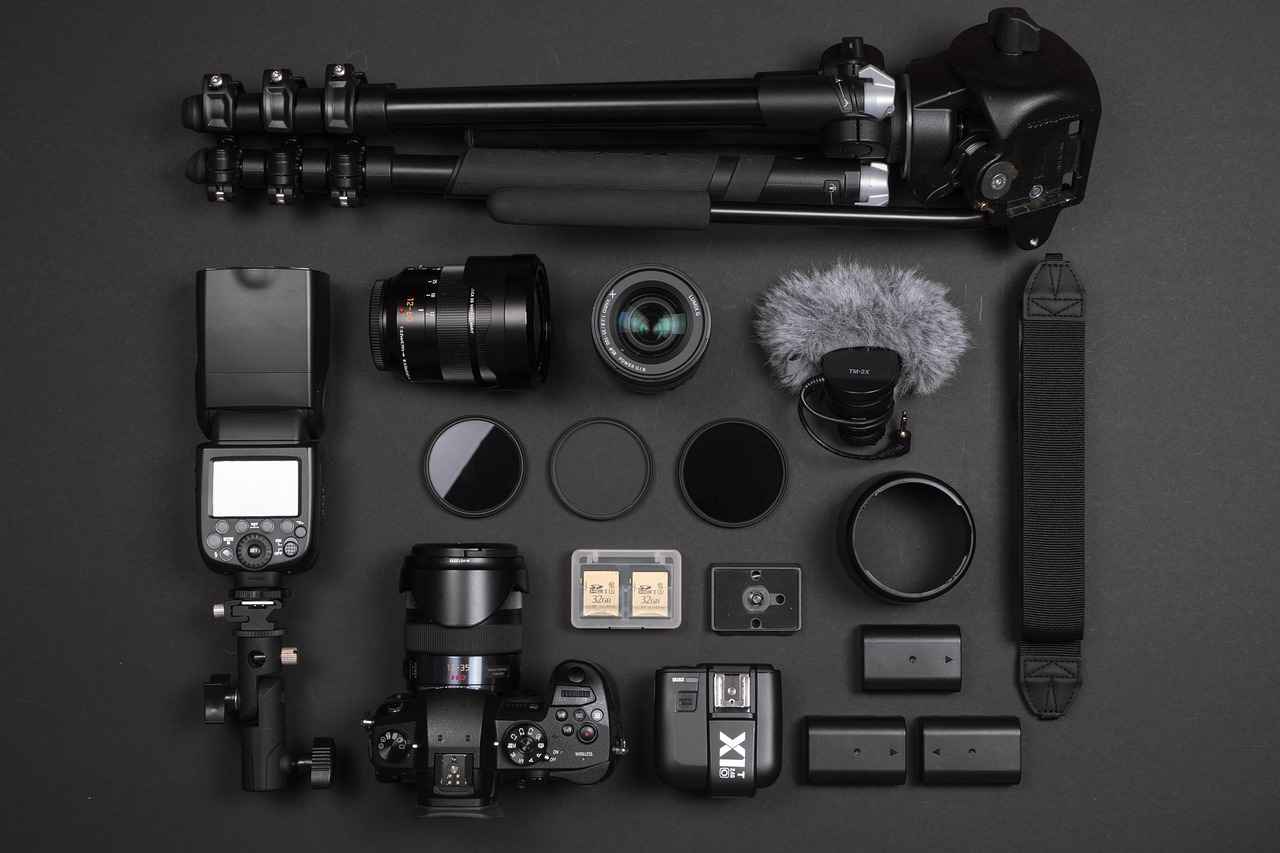
Choosing the Right Action Camera for Your Adventure
When embarking on an outdoor adventure, capturing every moment is essential, and choosing the right action camera plays a pivotal role in achieving high-quality footage. In this guide, we will delve into the key features that you should consider when selecting an action camera, ensuring that your adventures are documented in the best possible way.
Resolution is one of the most critical factors to consider when selecting an action camera. A higher resolution means clearer and more detailed images. Look for cameras that offer at least 1080p (Full HD) resolution, but for those seeking the best quality, 4K capability is ideal. This ensures that your footage remains sharp, even when viewed on larger screens.
Another essential feature to consider is image stabilization. When you’re out on the water, the movement of your kayak or paddleboard can lead to shaky footage. Opt for cameras equipped with advanced stabilization technology, such as electronic image stabilization (EIS), which helps smooth out the video, making it more enjoyable to watch.
Given the nature of kayaking and paddleboarding, having a waterproof camera is crucial. Look for cameras that are rated for at least IPX7, which means they can withstand being submerged in water for a short period. Some models even come with waterproof housing that allows for deeper dives. This feature ensures that your camera remains safe, no matter how adventurous your outing becomes.
Battery life is another important consideration. When you’re out on the water, you don’t want to miss capturing breathtaking moments because your camera ran out of battery. Look for cameras that offer at least two hours of continuous recording. Additionally, consider models that allow for battery replacements or have the option to connect to external power sources.
- Field of View: Cameras with adjustable field of view settings allow for more creative filming options.
- Audio Quality: If you plan to capture sound, ensure your camera has good audio recording capabilities.
- Wi-Fi and Bluetooth Connectivity: These features enable easy sharing and remote control of your camera.
In conclusion, selecting the right action camera involves evaluating several features, including resolution, stabilization, waterproof capabilities, and battery life. By understanding these elements, you can make an informed decision that enhances your kayaking or paddleboarding experience, allowing you to capture every thrilling moment with clarity and precision.
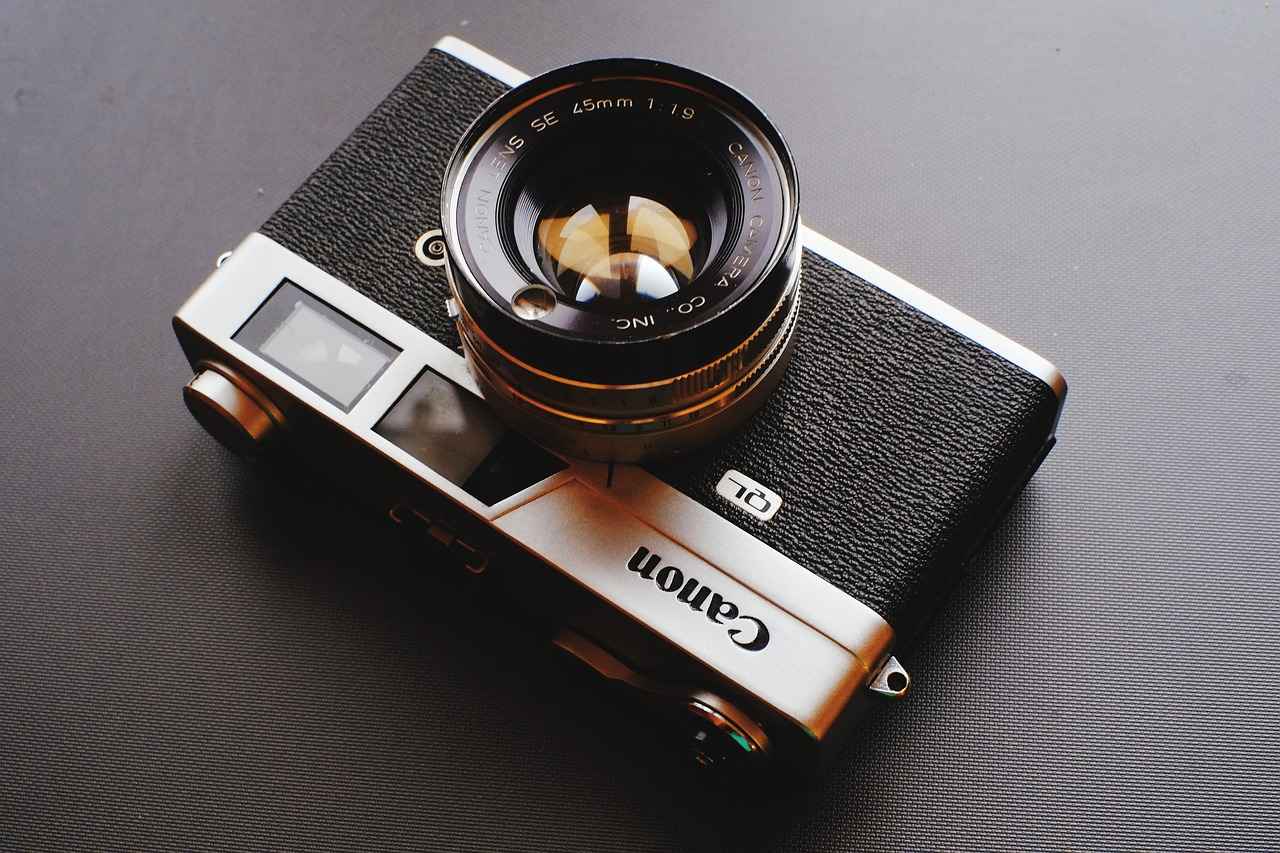
Essential Mounting Gear for Your Action Camera
When it comes to capturing breathtaking moments on the water, having the right mounting gear for your action camera is essential. Proper mounts not only enhance the stability of your camera but also ensure safety while you navigate through waves and currents. In this section, we will explore various mounting options to help you choose the best fit for your kayaking or paddleboarding adventures.
There are several types of mounts available that cater to different needs and preferences. Understanding these options can help you make an informed choice:
- Adhesive Mounts: These are ideal for flat surfaces and provide a strong bond once properly installed. They are perfect for attaching your camera to the hull of your kayak or the deck of your paddleboard.
- Clamp Mounts: These versatile mounts can be attached to various surfaces, allowing for easy repositioning. They are great for securing your camera on the side of the kayak or on a paddleboard’s edge.
- Specialized Kayak Mounts: Designed specifically for kayaks, these mounts offer unique features such as adjustable arms and swivel heads, allowing for optimal camera angles.
- Chest Mounts: If you want to capture a first-person perspective, a chest mount can be a fantastic option. This allows for hands-free filming while paddling.
Selecting the right mounting gear is crucial for achieving stability and ensuring your camera remains secure during your adventure. Consider the following factors:
- Surface Compatibility: Ensure the mount you choose is compatible with the surface of your kayak or paddleboard. Smooth, flat surfaces work best for adhesive mounts.
- Weight Capacity: Check the weight limit of the mount to ensure it can securely hold your action camera without risk of failure.
- Angle Adjustability: Look for mounts that offer adjustable angles to help you capture the best shots from different perspectives.
- Ease of Installation: Choose mounts that are easy to install and remove, allowing for quick adjustments as needed.
Stability is paramount when filming on the water. Unstable mounts can lead to shaky footage, which detracts from the quality of your videos. A secure mount ensures that your camera remains in place, allowing you to focus on your adventure without worrying about your gear. Additionally, a stable setup minimizes the risk of losing your camera to the water.
To ensure a safe and effective mounting process, follow these tips:
- Clean the Surface: Always clean the area where the mount will be attached. Use isopropyl alcohol to remove any dirt or oils that could compromise adhesion.
- Test the Mount: Before heading out, test the mount by gently tugging on it to ensure it is secure. This step can prevent unexpected accidents on the water.
- Regularly Inspect Your Mount: Before each use, inspect your mounting gear for wear and tear. Replace any damaged components to maintain safety.
In summary, choosing the right mounting gear for your action camera can significantly enhance your filming experience while kayaking or paddleboarding. By understanding the various options available and considering factors such as stability and compatibility, you can ensure that your camera captures your adventures safely and effectively.
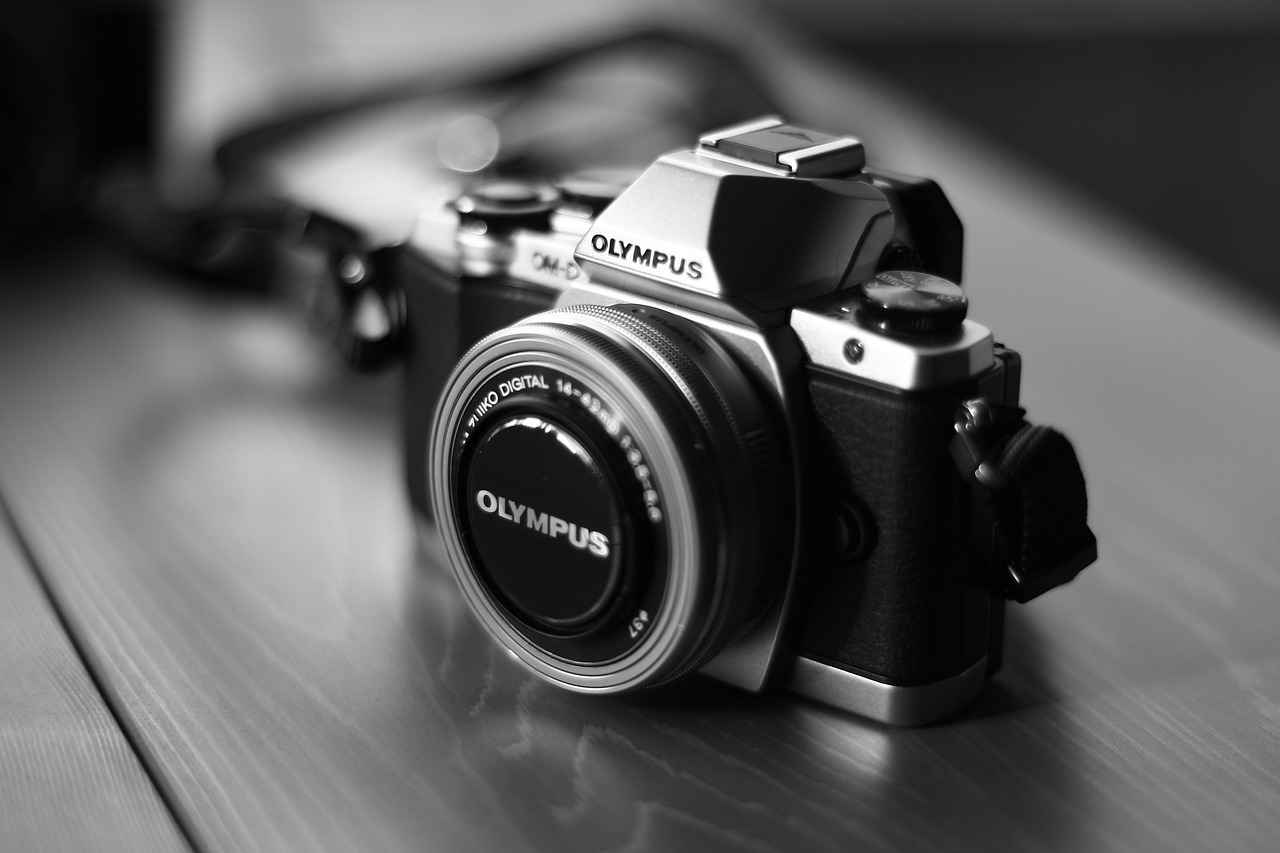
Preparing Your Kayak or Paddleboard for Mounting
When it comes to capturing breathtaking moments on the water, attaching an action camera to your kayak or paddleboard can enhance your experience significantly. However, before you dive into the exciting world of filming, it’s crucial to prepare your kayak or paddleboard properly. This preparation not only ensures the safety of your equipment but also maximizes the quality of your footage.
Proper preparation is essential for several reasons:
- Stability: A well-chosen mounting location minimizes vibrations and movement, leading to smoother footage.
- Accessibility: Ensuring your camera is easily reachable allows for quick adjustments, enhancing your filming experience.
- Safety: A securely mounted camera reduces the risk of losing your equipment while paddling.
Identifying the best spot to mount your camera is key. Here are some factors to consider:
- Flat Surfaces: Look for flat, clean areas on your kayak or paddleboard. This ensures better adhesion for mounts.
- Center of Gravity: Mounting your camera near the center helps maintain balance, preventing tipping.
- Field of View: Consider angles that will capture the most action without obstructing your paddling or movement.
Before attaching any mounts, it’s vital to clean the surface thoroughly. Use alcohol wipes to remove dirt, oils, and any residues that could interfere with the adhesive. This simple step can make a significant difference in the strength of the bond.
Environmental conditions can also affect your camera setup:
- Wind: If you’re in a windy area, consider mounting your camera lower to reduce wind resistance.
- Water Conditions: In choppy waters, a more secure mount can help prevent vibrations that would otherwise affect footage quality.
Once you’ve chosen a location and cleaned the surface, it’s a good idea to test the mount before heading out. Secure the mount according to the manufacturer’s instructions and give it a gentle tug to ensure it’s firmly attached. This precaution can save you from losing your camera during your adventure.
Preparing your kayak or paddleboard for mounting an action camera is a crucial step in ensuring a successful filming experience. By focusing on stability, accessibility, and environmental factors, you can enhance both the safety of your equipment and the quality of your footage. Remember, a little preparation goes a long way in capturing those unforgettable moments on the water.
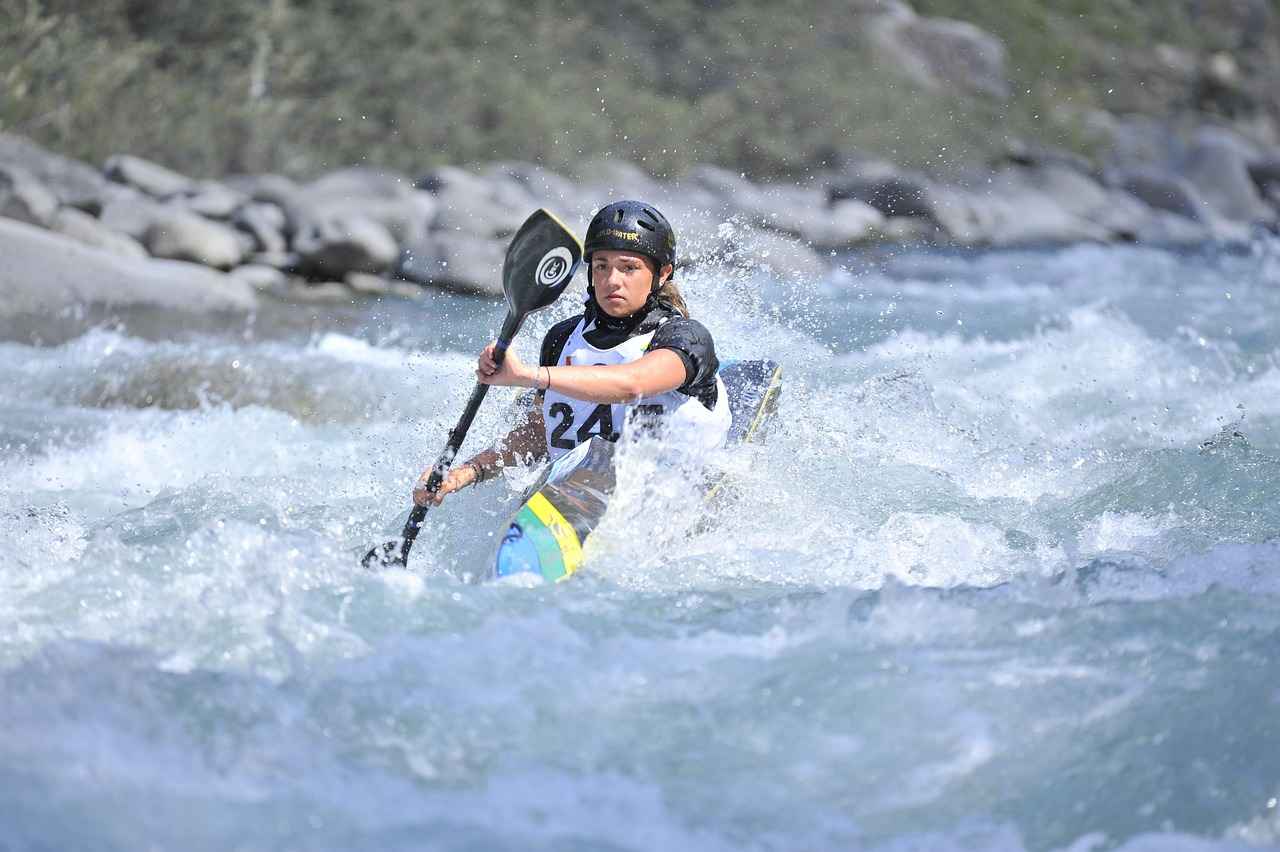
Step-by-Step Guide to Attaching Your Action Camera
This section provides a step-by-step guide to securely attach your action camera to your kayak or paddleboard. Following these detailed steps not only ensures the safety of your camera but also positions it for the best filming angle, allowing you to capture your adventures in stunning detail.
- Step 1: Clean the Surface
Before you begin, it’s crucial to clean the surface where the mount will be attached. Use alcohol wipes to remove any dirt, oils, or residues. This will help create a strong bond between the mount and the kayak or paddleboard, ensuring that it stays in place during your activities. - Step 2: Choose the Right Mount
Selecting the appropriate mount is essential for achieving the desired angle and stability. Depending on your kayak or paddleboard setup, you might consider options like adhesive mounts, clamps, or specialized kayak mounts. Each type has its advantages, so choose one that fits your specific needs and the environment you’ll be filming in. - Step 3: Secure the Mounting Base
Properly securing the mounting base is vital for stability. If you’re using an adhesive mount, ensure that it is pressed firmly into place and allowed to cure for the recommended time. For clamps, tighten them securely, but be careful not to over-tighten and risk damaging your kayak or paddleboard. - Step 4: Attach the Camera
Once the mount is secure, carefully attach your action camera. Make sure it clicks into place and is locked securely. Double-check the connection to avoid any mishaps while you’re out on the water. - Step 5: Adjust for the Best Angle
Position your camera at an angle that captures the action without obstructing your view. Experiment with different angles before you start paddling. A slight tilt can make a significant difference in the footage quality. - Step 6: Test Stability
Before heading out, give your camera a gentle shake to test its stability. Ensure that it feels secure and won’t come loose during your adventure. If you notice any movement, re-evaluate the attachment and make necessary adjustments.
By following these steps, you can confidently attach your action camera to your kayak or paddleboard, ensuring safety while capturing breathtaking footage of your water adventures. Remember, the key to great filming lies not just in the equipment but also in how securely you can mount it.
With the right setup, you can focus on enjoying your time on the water while your action camera captures every thrilling moment. Happy paddling!
Step 1: Clean the Surface
When it comes to attaching your action camera to a kayak or paddleboard, the very first step is crucial for ensuring a secure and reliable bond. Cleaning the surface where the mount will be attached is not just a minor detail; it is a fundamental step that can significantly impact the performance of your camera during your adventure. A clean surface helps to eliminate any potential issues that could arise from dirt, oils, or moisture, which can compromise the adhesive properties of the mount.
To effectively clean the area, start by gathering the necessary supplies. You will need alcohol wipes or a mixture of isopropyl alcohol and water. These cleaning agents are effective at breaking down oils and removing grime. Begin by wiping the area thoroughly with the alcohol wipe, ensuring that you cover the entire surface where the mount will be applied. This will help to ensure that the adhesive has the best possible contact with the surface.
After cleaning, allow the area to dry completely. This step is essential because any residual moisture can weaken the adhesive bond. Patience is key—waiting for the surface to dry thoroughly will pay off in the long run, providing you with a more stable attachment.
Once the surface is clean and dry, inspect the area for any imperfections or irregularities. If you notice any bumps or debris, take the time to smooth them out. This attention to detail will further enhance the stability of your mount. Remember, a well-prepared surface is the foundation for a successful camera setup.
In summary, cleaning the surface is a vital first step in the process of attaching your action camera. By using alcohol wipes to remove dirt and oils, you are setting the stage for a strong and secure bond that will keep your camera safe while capturing the excitement of your kayaking or paddleboarding experience. Skipping this step could lead to unwanted accidents, such as your camera falling off during a thrilling moment on the water.
Taking the time to ensure a clean and dry surface will ultimately enhance your filming experience, allowing you to focus on enjoying your adventure rather than worrying about your equipment. So, before you dive into the next steps of mounting your camera, make sure to give this initial step the attention it deserves.
Step 2: Choose the Right Mount
When it comes to capturing stunning footage while kayaking or paddleboarding, selecting the appropriate mount is crucial. The right mount not only ensures that your action camera stays securely attached but also allows you to achieve the desired angle for your shots. With various types of mounts available, understanding their features and benefits can significantly enhance your filming experience.
- Adhesive Mounts: These are ideal for smooth surfaces. They provide a strong bond and are perfect for permanent or semi-permanent installations.
- Clamp Mounts: Versatile and adjustable, clamp mounts can be attached to various parts of your kayak or paddleboard, allowing for flexible positioning.
- Chest Mounts: These mounts give a first-person perspective, capturing the paddler’s movements and interactions with the water.
- Head Mounts: Similar to chest mounts, head mounts provide a unique viewpoint, perfect for documenting your adventure hands-free.
- Specialized Kayak Mounts: Designed specifically for kayaks, these mounts often come with additional features such as adjustable arms and quick-release mechanisms.
When selecting a mount, consider the following factors:
- Stability: Ensure the mount can withstand the movement of the water and the motion of paddling. A stable mount will prevent shaky footage.
- Angle of Capture: Consider how you want to frame your shots. Some mounts allow for tilting and rotating, which can help achieve the perfect angle.
- Ease of Installation: Look for mounts that are easy to install and remove, especially if you plan on switching locations frequently.
- Durability: Choose mounts made from high-quality materials that can withstand exposure to water, sun, and physical impacts.
Proper mounting is essential for several reasons:
- Safety: A securely mounted camera minimizes the risk of it falling into the water, which could lead to loss of equipment.
- Quality of Footage: A stable mount reduces vibrations, leading to smoother and more professional-looking videos.
- Accessibility: Choosing the right mount can enhance your ability to control the camera while paddling, allowing for spontaneous captures of memorable moments.
In conclusion, the choice of mount can significantly impact your filming experience on the water. By understanding the different types of mounts available and considering their features, you can ensure that your action camera is positioned perfectly to capture every thrilling moment of your kayaking or paddleboarding adventure. Remember to evaluate stability, angle, and ease of use to find the ideal mount for your needs.
Step 3: Secure the Mounting Base
Securing your action camera effectively is crucial for capturing breathtaking moments while kayaking or paddleboarding. In this section, we will delve deeper into the importance of properly securing the mounting base, ensuring that your camera remains stable and functional throughout your adventure.
When you’re out on the water, the last thing you want is for your camera to become dislodged or unstable. A well-secured mounting base not only protects your camera from accidental falls but also ensures that your footage is smooth and free from unwanted shakes. This is especially vital when navigating through waves or during fast-paced movements.
Follow these essential steps to ensure your camera mount is secure:
- Clean the Surface: Before applying any adhesive mount, it’s important to clean the surface thoroughly. Use alcohol wipes to eliminate dirt, oil, and moisture, which can compromise the adhesive’s effectiveness.
- Choose the Right Adhesive: Different environments may require different adhesives. For example, marine-grade adhesives are designed to withstand water exposure and can provide a stronger bond than standard options.
- Follow Manufacturer Instructions: Each mounting system may have specific instructions. Adhering to these guidelines is crucial for ensuring a strong attachment. Whether using adhesive mounts or clamps, make sure to follow the recommended steps carefully.
- Apply Pressure: After placing the mount, apply firm pressure for the recommended duration. This helps the adhesive bond properly with the surface.
There are various types of mounts available for securing your action camera:
- Adhesive Mounts: These are ideal for flat surfaces and provide a permanent solution. Ensure you select high-quality adhesive mounts designed for outdoor conditions.
- Clamp Mounts: Perfect for attaching to kayak rails or other structures, clamp mounts offer flexibility and can be repositioned easily.
- Specialized Kayak Mounts: Some mounts are specifically designed for kayaks and paddleboards, providing optimal angles and stability.
Once the mount is secured, it’s crucial to test its stability before heading out on the water. Gently pull on the camera to ensure it’s firmly attached. If you feel any movement, reassess the mounting process and make necessary adjustments.
- Check Regularly: During your outing, take a moment to check the mount periodically. This will help you catch any loosening before it becomes a problem.
- Consider Backup Solutions: Using a safety tether or leash can provide an additional layer of security for your camera, especially in rough waters.
By following these guidelines, you can ensure that your action camera is securely mounted, allowing you to focus on capturing those unforgettable moments on the water. Remember, a stable camera equals better footage and a more enjoyable experience!
Step 4: Attach the Camera
Attaching your action camera securely to your kayak or paddleboard is crucial for capturing stunning footage while you navigate the waters. In this section, we delve deeper into the process of attaching your camera, ensuring it remains safe and stable throughout your adventure.
Once you have ensured that the mounting base is secure, it is time to attach your action camera. This step is vital to guarantee that your camera captures high-quality footage without the risk of falling off during your outing.
- Check Compatibility: Before attaching the camera, confirm that it is compatible with the mount you have chosen. Most action cameras come with various mounting options, so ensure you are using the correct adapter.
- Align the Camera: Position the camera in a way that aligns with your desired shooting angle. Whether you want a front-facing view or a side angle, adjusting the camera before locking it in place is essential for optimal footage.
- Secure the Camera: Gently push the camera onto the mount until you hear a click, indicating that it is securely locked in place. Take a moment to double-check that it is firmly attached.
- Test the Stability: After securing the camera, give it a light shake to ensure it is stable. This quick test helps to confirm that it won’t detach or shift during your activities on the water.
- Utilize Safety Straps: For added security, consider using a safety strap or tether. This precaution can prevent your camera from sinking to the bottom of the water if it accidentally detaches.
After following these steps, your action camera should be securely attached to your kayak or paddleboard. It’s important to take a moment to review the camera’s positioning and adjust if necessary to capture the best angles of your adventure.
Before you head out, remember to double-check the mount’s integrity and ensure that all components are in place. This preparation will help you focus on enjoying your time on the water while capturing the memorable moments of your journey.
Additionally, consider the environment in which you will be filming. If you’re kayaking in rough waters or windy conditions, ensure that your camera is positioned to minimize the chances of it being knocked off or damaged. Taking these precautions will enhance your filming experience and ensure that your equipment remains safe.
Ultimately, attaching your action camera correctly not only enhances the quality of your footage but also provides peace of mind while you explore the great outdoors. Happy filming!
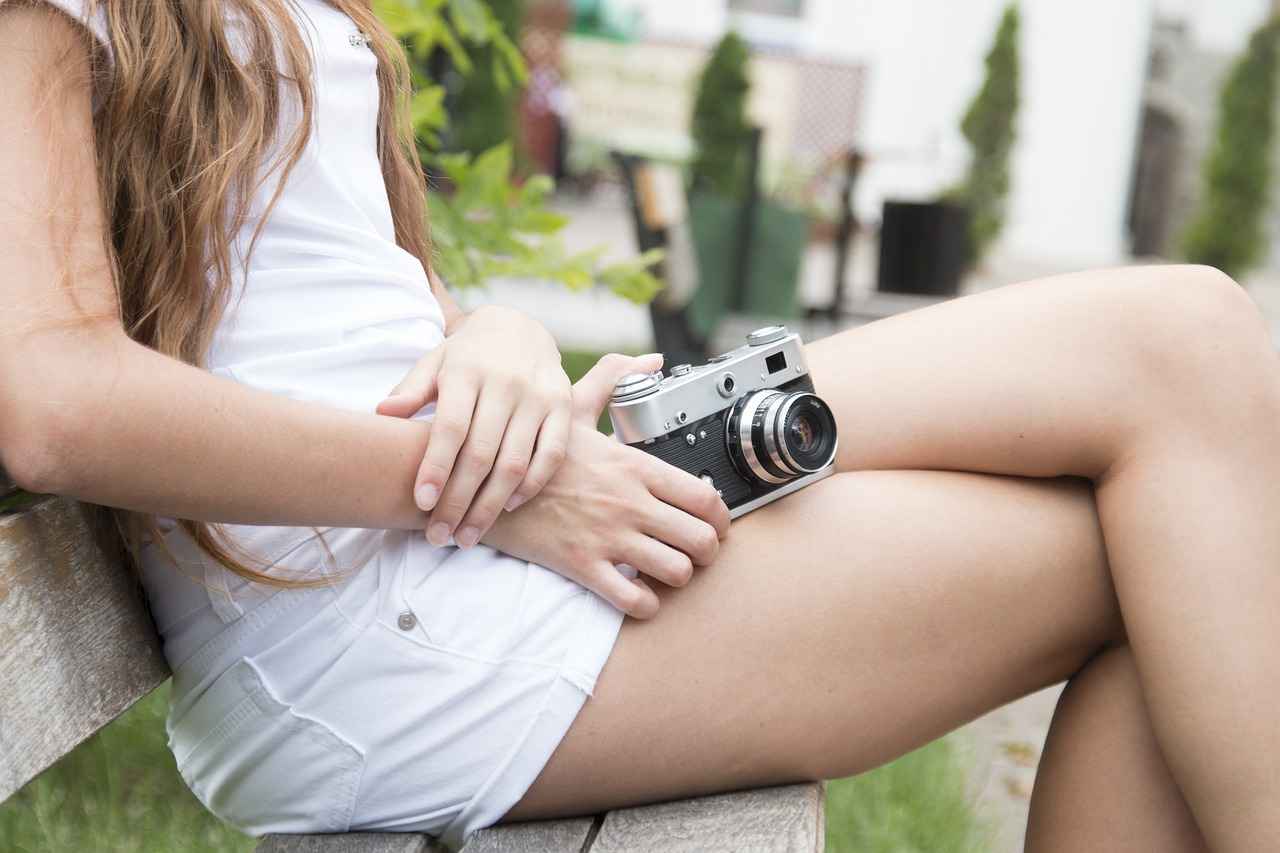
Best Practices for Camera Positioning
Positioning your camera correctly can significantly enhance your footage. By understanding the best practices for camera placement, you can capture stunning moments while kayaking or paddleboarding. Here are some essential tips to help you achieve optimal angles and placements:
- Consider the Perspective: Think about the story you want to tell. A low angle can emphasize the water’s surface and create a more dramatic effect, while a high angle can showcase the surrounding scenery.
- Use Multiple Angles: If possible, use more than one camera to capture various perspectives. This allows for a dynamic viewing experience and can highlight different aspects of your adventure.
- Stability is Key: Ensure that your camera is mounted securely. A shaky camera can distract from the beauty of your footage. Use stabilizing mounts or gimbals to keep your shots smooth.
- Frame Your Shots: Pay attention to the composition of your shots. Use the rule of thirds to create visually appealing footage. Position your camera so that the horizon is level and the main focus is well-placed within the frame.
- Adjust for Lighting: Lighting can dramatically affect the quality of your footage. If you’re filming during the day, position your camera to avoid glare from the sun. Early morning or late afternoon provides softer, more flattering light.
- Capture Movement: When paddling, consider how the movement of the kayak or paddleboard can enhance your footage. Position the camera to capture the paddles in action, creating a sense of speed and excitement.
- Test Different Locations: Before you head out, experiment with different mounting locations on your kayak or paddleboard. Each position can yield different results, so find what works best for your filming style.
- Check Your Settings: Ensure your camera settings are optimized for the conditions. Adjust the resolution, frame rate, and field of view according to your filming environment for the best results.
By following these best practices for camera positioning, you can significantly enhance the quality of your footage. Always take the time to plan your shots and experiment with different angles to find what captures the essence of your adventure. Remember, the goal is to create a captivating story that resonates with your audience.
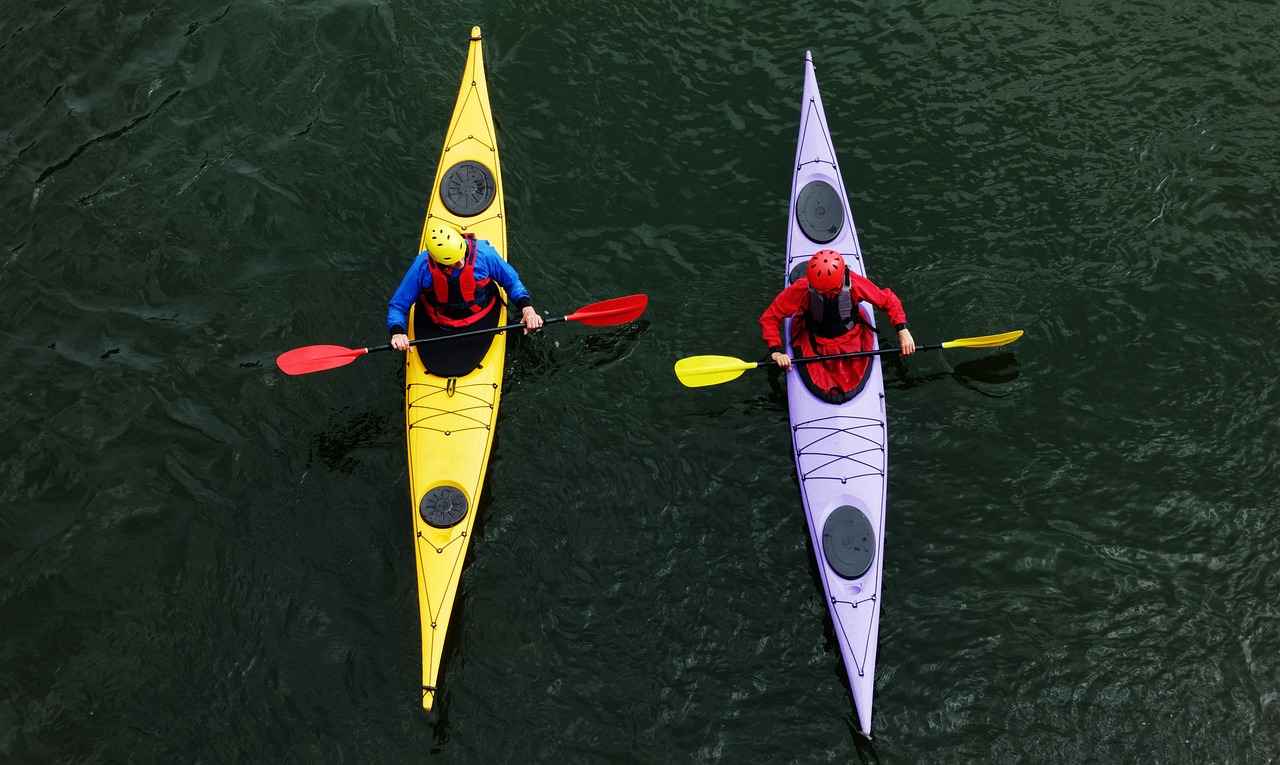
Safety Considerations When Using an Action Camera
When it comes to capturing your aquatic adventures, safety should always be your top priority. Using an action camera on water can be thrilling, but it also poses certain risks that you need to be aware of. This guide will help you understand the potential hazards and provide practical tips to mitigate risks while filming.
Firstly, it’s essential to recognize the environmental factors that can affect your safety. Water conditions can change rapidly, and factors such as waves, currents, and weather can impact your stability while filming. Always check the weather forecast and water conditions before heading out. If the forecast predicts storms or high winds, it’s best to postpone your filming session.
Another crucial aspect is securing your action camera properly. An unsecured camera can easily be lost to the water, which not only results in the loss of your equipment but can also pose a risk to the environment. To prevent this, consider using a floaty grip or a safety tether that attaches your camera to your kayak or paddleboard. This way, if the camera slips from your hands, it won’t sink.
Additionally, be aware of your surroundings. Always keep an eye out for other watercraft, swimmers, and potential obstacles. Maintaining a safe distance from busy areas will help you avoid collisions while filming. Use a wide-angle lens to capture more of your surroundings, which can also help in keeping track of potential hazards.
It’s also important to consider your own personal safety. Wearing a life jacket is essential, especially if you’re paddling in open water. Make sure your camera is mounted securely and that you can easily access it without compromising your balance. Avoid standing on your kayak or paddleboard to adjust the camera while in motion, as this can lead to falls.
Before you start filming, familiarize yourself with the controls and settings of your action camera. Knowing how to quickly start and stop recording can save you time and help you focus on your surroundings instead of fumbling with your equipment. Practice using your camera in a safe environment before taking it out on the water.
Lastly, always have a safety plan in place. Inform someone about your plans, including your expected return time. Carry a whistle or a signaling device in case of emergencies. If you’re filming with a group, establish a communication method to ensure everyone remains safe and accounted for.
By following these safety considerations, you can enjoy filming your kayaking or paddleboarding adventures while minimizing risks. Always prioritize safety, and your experience will not only be enjoyable but also memorable.
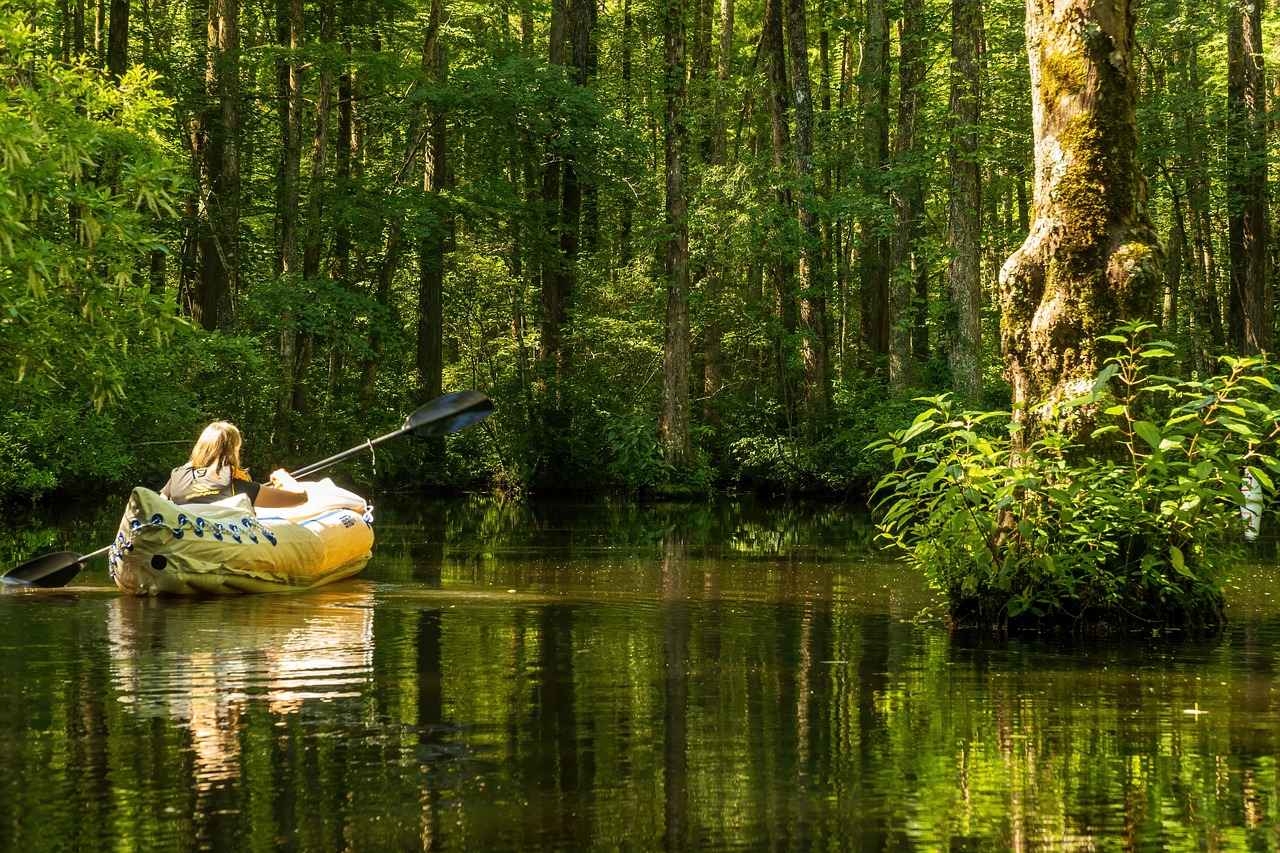
Editing and Sharing Your Kayaking or Paddleboarding Footage
After an exhilarating day on the water, capturing your kayaking or paddleboarding adventure with an action camera is just the beginning. The next crucial step is editing and sharing your footage to relive those moments and share them with friends and family. This guide will provide you with essential tips and platforms to enhance your video editing skills and effectively share your creations.
Editing your footage allows you to create a polished final product that highlights the best moments of your adventure. It enables you to:
- Remove unnecessary clips that may detract from the overall experience.
- Enhance video quality with color correction and stabilization features.
- Add music or voiceovers to provide context and enhance storytelling.
Even if you’re new to video editing, there are simple techniques you can use to improve your videos:
- Trim Clips: Cut out any dull moments or mistakes to keep your audience engaged.
- Use Transitions: Smooth transitions between clips can enhance the flow of your video.
- Add Text: Incorporate titles or captions to provide additional information about your adventure.
Your choice of editing software can significantly impact your editing process. Here are some popular options:
- iMovie: Great for beginners using Mac, offering user-friendly features.
- Adobe Premiere Pro: A professional-grade software with advanced capabilities for more experienced editors.
- DaVinci Resolve: A powerful free option that includes advanced color correction tools.
Once your video is edited, it’s time to share it with the world. Consider these platforms:
- YouTube: The largest video-sharing platform, perfect for reaching a broad audience.
- Instagram: Ideal for sharing short clips and highlights with friends and followers.
- Facebook: A great way to share videos with family and friends in a more personal setting.
When sharing your videos, think about how to engage your audience:
- Ask Questions: Encourage viewers to share their experiences or thoughts in the comments.
- Use Hashtags: Utilize relevant hashtags to increase visibility and reach.
- Respond to Comments: Engage with your audience by responding to their feedback and questions.
Editing and sharing your kayaking or paddleboarding footage can transform your raw clips into an exciting narrative that captures the essence of your adventure. By following these tips and utilizing the right tools, you can create videos that not only showcase your experiences but also connect with others who share your passion for the water.
Frequently Asked Questions
- Can I use any action camera for kayaking or paddleboarding?
While you can technically use any action camera, it’s best to choose one that’s waterproof and has good stabilization features. This ensures that your footage remains clear and smooth, even on choppy waters!
- What type of mount is best for attaching my camera?
It really depends on your setup! For kayaks, a deck mount or adhesive mount is often ideal. Paddleboarders might prefer a clamp mount for versatility. Just make sure it’s secure!
- How do I ensure my camera stays safe while filming?
Safety first! Always double-check that your mount is secure and consider using a safety tether. This way, if something goes wrong, your camera won’t take a dive!
- What are the best angles for filming while kayaking or paddleboarding?
Experiment with different angles! A low angle can capture the water’s surface beautifully, while a higher angle can give a great view of your surroundings. Find what works best for your adventure!
- How can I edit my footage after filming?
There are many user-friendly editing apps out there! Look for options that allow you to trim clips, add music, or even slow down footage for dramatic effect. Share your epic moments with friends!
